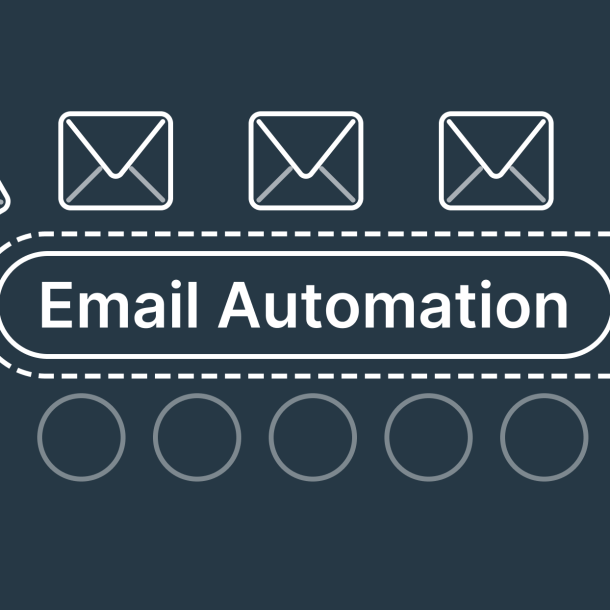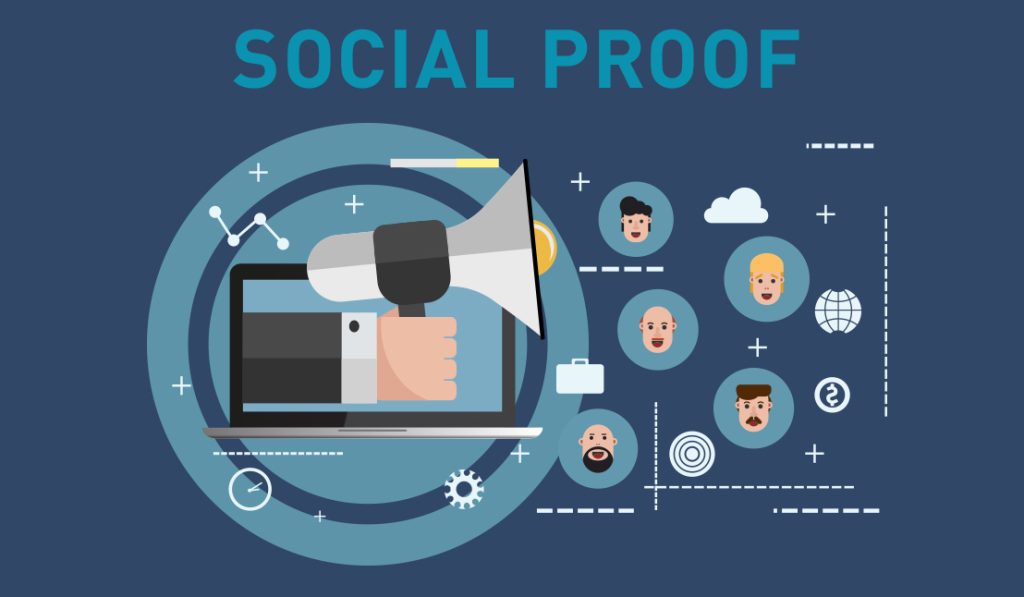
Mastering Social Proof: How Reviews and Testimonials Impact Sales
In today’s hyper-connected ecommerce landscape, social proof is one of the most powerful drivers of consumer behavior. Whether you’re a new brand launching on Amazon or an established business scaling across multiple platforms, the ability to leverage reviews and testimonials can make or break your conversion rate. According to a study by Spiegel Research Center, products with as few as five reviews are 270% more likely to be purchased than those with none.
But it’s not just about collecting reviews—it’s about strategically using them to build trust, validate product quality, and influence purchase decisions. Here’s how you can harness the power of social proof to drive real results.

Why Social Proof Matters
Social proof works because people tend to trust the opinions of other consumers more than brand messaging. A strong testimonial from a real customer can hold more weight than a well-designed ad campaign. That’s why platforms like Amazon place such a strong emphasis on verified reviews in both search ranking and customer decision-making.
Shoppers actively scan reviews for key indicators like quality, delivery speed, and customer service experience. In fact, according to Shopify’s guide to social proof, including authentic user feedback can increase conversion rates by up to 34%.
Types of Social Proof That Drive Sales
Different types of social proof serve different roles. Here are the most impactful formats:
Customer Reviews: These provide direct insight into a product’s performance. The more detailed and authentic, the better.
Video Testimonials: These showcase real customer emotion and satisfaction, building deeper trust.
User-Generated Content (UGC): Photos or videos shared by real customers add credibility and enhance product listings.
Influencer Endorsements: When a trusted figure shares a positive experience, it lends instant credibility.
Media Mentions and Awards: Recognition from respected outlets further validates your brand.
If you’re selling on Amazon, consider enrolling in programs like Amazon Vine to generate high-quality early reviews that can establish traction quickly.

Best Practices for Showcasing Social Proof
Not all reviews are created equal. Here’s how to strategically feature the most compelling testimonials:
Highlight reviews that address objections. If your product is premium-priced, show reviews that speak to value and durability.
Use callouts in A+ Content. Feature top reviews as visual quotes within your product page.
Incorporate testimonials into your brand story. This humanizes your brand and connects on an emotional level.
Display review stats in infographics. Social proof can be visual too; share average star ratings or satisfaction rates.
Respond to feedback. Show shoppers you care by responding to both positive and negative reviews with professionalism and empathy.
Building a Sustainable Review Strategy
Getting reviews shouldn’t be a one-time push—it should be part of your ongoing customer engagement plan. Here’s how to ensure a steady stream:
Follow up with post-purchase emails. A well-timed message asking for feedback can significantly boost response rates.
Use insert cards with incentives. While you can’t offer rewards for positive reviews, you can ask for honest feedback and provide thank-you discounts.
Encourage UGC on social media. Run contests or campaigns asking customers to share their photos using your product.
For brands seeking to scale, consider using automated review request tools from platforms like Shopify or Amazon’s built-in request review feature.

Final Thoughts
Social proof isn’t just a marketing tool—it’s a trust-building mechanism that helps bridge the gap between browsing and buying. Brands that master this will see higher conversion rates, deeper customer loyalty, and greater long-term success. From a handful of thoughtful testimonials to thousands of glowing reviews, your social proof strategy should be an integral part of your ecommerce growth plan.
For further insight into optimizing your brand’s reputation and reach, check out Amazon’s resources on customer experience.














